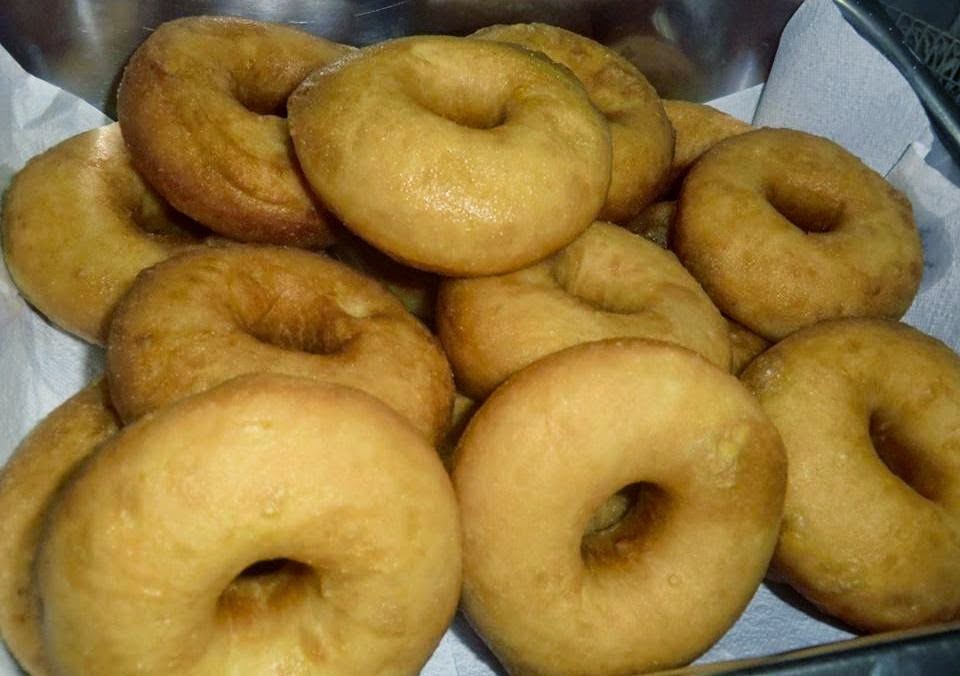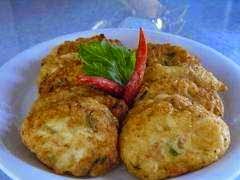Kucai = Chinese Cives / Chinese Leek / Garlic Cives
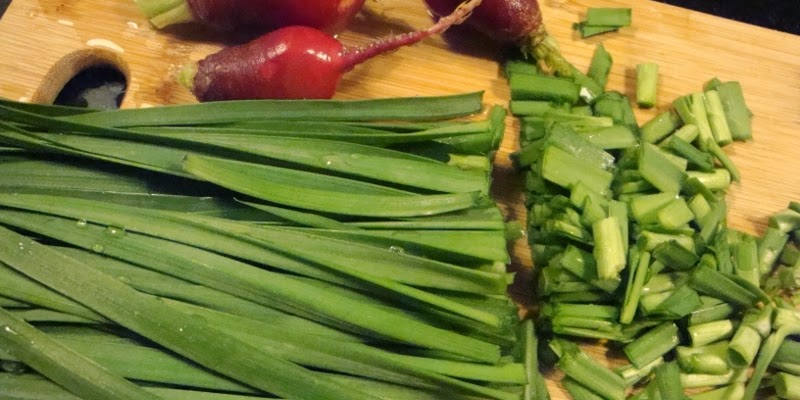
Kucai = Chinese Cives / Chinese Leek / Garlic Cives Chinese Cives / Chinese Leek / Garlic Cives/ Chives are tuber crops, height between 30 cm and 50 cm.Tubers slender conical with 2-3 cm long and 1 cm wide and grows in dense clumps. Leaf-shaped hollow tube, up to 50 cm long, and 2-3 mm in diameter, with a smooth texture. Although before the flowers appear on the leaves will look harder. Flowers are pale purple, star-shaped flower with six petals, 1-2 cm wide, and produced as much as 10-30. Chives for most people is used as a food flavoring ingredient. Some are a fan as processed vegetables. But not many know the type of herb that has the Latin name of the family Alliaceae Allium schoenoprasum it is beneficial for the treatment. Aroma chives closer to garlic than leeks. That's why in English is called garlic chives. Because it is widely used in food culture influenced China, chives also known as Chinese chives. Garlic chives contain a variety of compounds that act as antioxidants
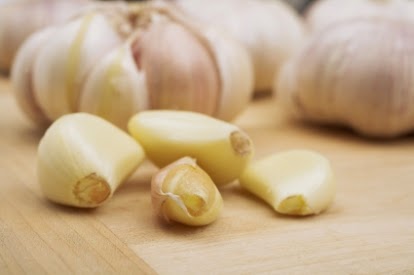
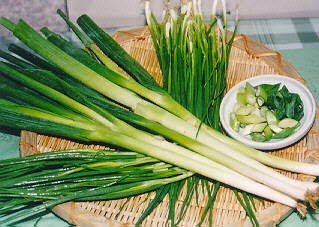




.jpg)
